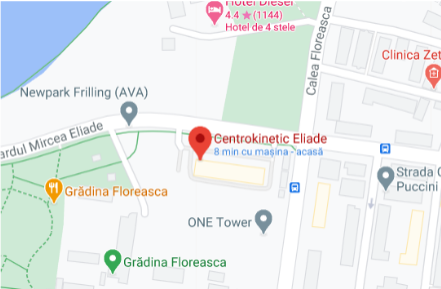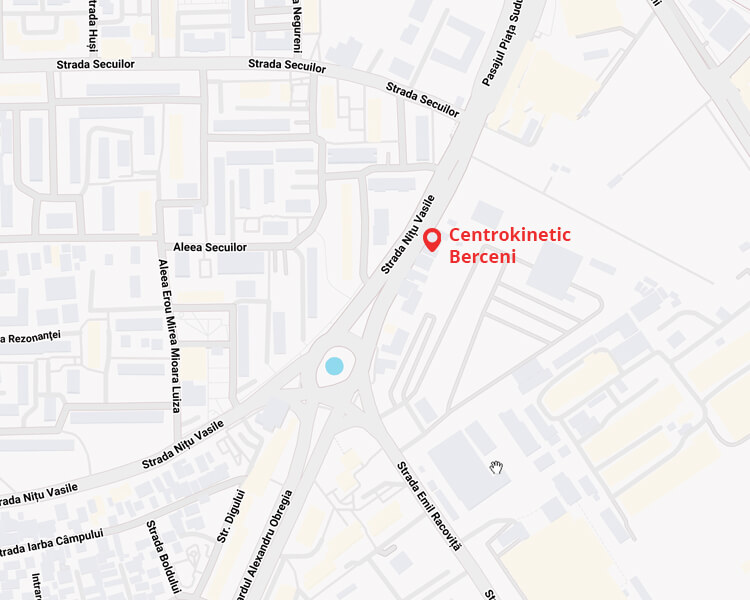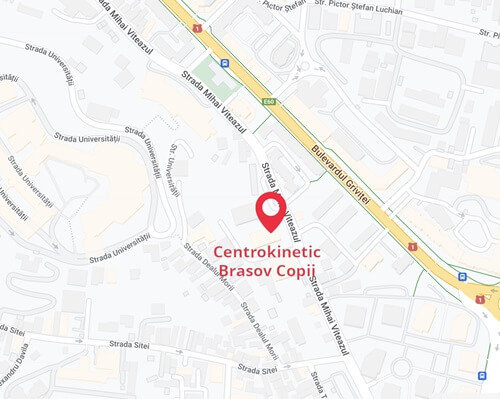How long does it take for a radius fracture to heal and what factors influence recovery?

A radius fracture involves the partial or complete break of one of the forearm bones, specifically the one located on the thumb side. This injury occurs frequently, especially after falls or direct blows to the hand, and affects the ability to move the forearm and grasp objects [1]. If you are going through such a situation, you probably want to know how long recovery takes and what can help you return to normal activities as quickly as possible. In what follows, you will find clear explanations and concrete advice about the healing stages.
Radius fracture: definition and impact on daily activities
The radius supports the mobility and stability of the wrist, and any fracture significantly reduces hand strength and forearm functionality. In practice, this means that daily activities such as writing, lifting objects, or using the mouse become difficult and sometimes impossible until healing occurs [1][2]. For details about the components of the forearm and how they work together, read this detailed guide.
Main types of radius fractures and their causes
Depending on the affected area, a radius fracture may be:
- distal (near the wrist, the most common);
- diaphyseal (in the middle);
- proximal (near the elbow).
The fracture may be simple, without displacement of the bone fragments, or it may occur with displacement [1][2].
How to recognize a radius fracture and what investigations are necessary?
Symptoms appear immediately after the injury: severe pain, forearm swelling, limited hand movement, and sometimes visible deformity of the area. The orthopedic doctor examines the area and then requests an X-ray to clarify the type of fracture. In complex cases, such as fractures with multiple fragments, a CT scan may also be required. Do not delay medical evaluation, as early diagnosis helps avoid complications and supports choosing the appropriate treatment [1][3].
Treatment options for radius fracture

The choice of treatment depends on the type and complexity of the fracture:
- for a non-displaced fracture, the doctor usually recommends immobilization with a cast or splint for 3–6 weeks;
- in cases with displacement or if the bone has broken into several fragments, surgical intervention becomes necessary. This involves fixing the fragments with plates or screws to keep them stable until consolidation.
After surgery, patients require careful monitoring and a longer recovery period [1][3].
How long does it take for a radius fracture to heal?
Recovery usually takes between 6 and 8 weeks in adults with non-displaced fractures and without complications. If the fracture required surgery or is more complex, the healing period may extend to 3–6 months. Some people experience movement difficulties even 1–2 years after the initial trauma if they do not follow the recommended rehabilitation program [1][3][4].
Recovery: stages and the role of physical therapy
Recovery begins shortly after removing the immobilization and lasts longer than the time spent in the cast. Physical therapy plays a decisive role in regaining mobility and strength. In the first days, light exercises and massage are used to reduce pain and swelling.
As recovery progresses, occupational therapy may also be recommended to help regain dexterity. For optimal healing, steps such as the following are followed:
- passive exercises (without the patient making an effort);
- light active exercises for the wrist and fingers;
- intensification of movements, with a focus on resuming daily activities [5].
What factors influence the healing period?
The healing duration varies from person to person and depends on:
- age (children heal faster);
- general health and local blood circulation;
- presence of chronic conditions (e.g., diabetes, osteoporosis);
- type of fracture (displaced, non-displaced);
- how well you follow treatment and medical recommendations;
- diet and lifestyle (poor diet, smoking, or alcohol consumption can slow down recovery) [1][2][5].
Steps for faster healing and preventing complications
You can support healing by following these recommendations:
- participate actively in physical therapy sessions;
- adopt a balanced diet rich in protein, calcium, and vitamin D;
- avoid alcohol consumption and smoking;
- do not rush returning to sports or demanding work;
- pay attention to warning signs: persistent pain, prolonged swelling, movement difficulties.
If you notice such symptoms, go to the doctor for an additional check-up [1][5].
When is it necessary to return to the doctor?
Schedule periodic medical check-ups throughout the recovery. Seek urgent medical attention if:
- pain or swelling persists beyond the estimated recovery time;
- deformities of the forearm or wrist appear;
- mobility remains very limited.
This way, you can address any complication in time, such as infection or lack of bone consolidation (pseudarthrosis). If you want to know more about conditions that may later affect the forearm or hand, see the information about carpal tunnel syndrome.
Practical recommendations for effective recovery
- follow the prescribed treatment and scheduled visits;
- start the medical rehabilitation program as soon as you receive your doctor's approval;
- adopt a varied diet rich in nutrients necessary for bone health;
- do not strain the forearm before receiving the specialist’s approval;
- be consistent with the exercises recommended by the physical therapist [5].
This article has a strictly informative purpose and does not replace specialized medical consultation. For any uncertainty or difficulty in treating and recovering from a radius fracture, consult your orthopedic doctor or physiotherapist. Avoid self-diagnosis or unverified treatments. Regular medical supervision and active involvement in recovery increase the chances of returning quickly to normal activities, with restored mobility and strength!
Sources of information
- Rafi, Babu Mohammed, and Vivek Tiwari. “Forearm Fractures.” Nih.gov, StatPearls Publishing, 8 Aug. 2023.
- Patel, Deepak S, et al. “Common Fractures of the Radius and Ulna.” American Family Physician, vol. 103, no. 6, 15 Mar. 2021, pp. 345–354.
- “Types of Arm Fractures: A Comprehensive Guide - Spire Hand & Upper Limb Centre.” Spire Hand & Upper Limb Centre, 2024,.
- “Ulna and Radius Fractures (Forearm Fractures).” John Hopkins Medicine, 2020, .
- "Forearm Fracture" St. Helens and Knowsley Teaching Hospitals, ,
BUCHAREST TEAM
CLUJ NAPOCA TEAM
BRASOV TEAM
MAKE AN APPOINTMENT
FOR AN EXAMINATION
See here how you can make an appointment and the location of our clinics.
MAKE AN APPOINTMENT

































































































































